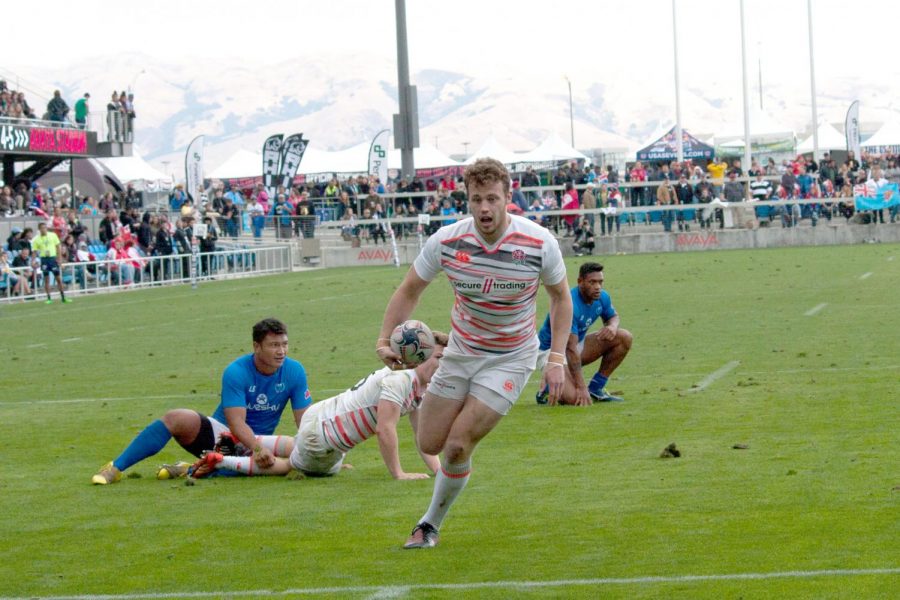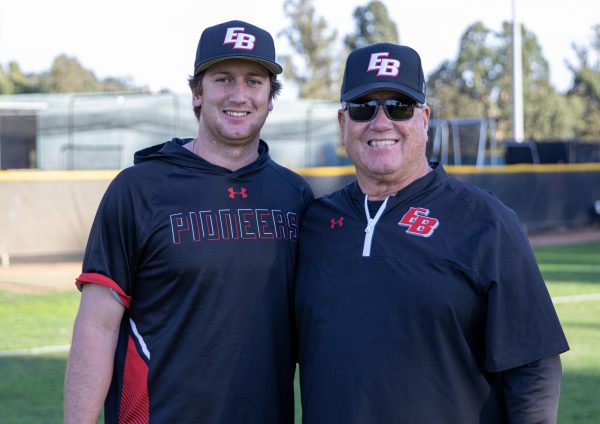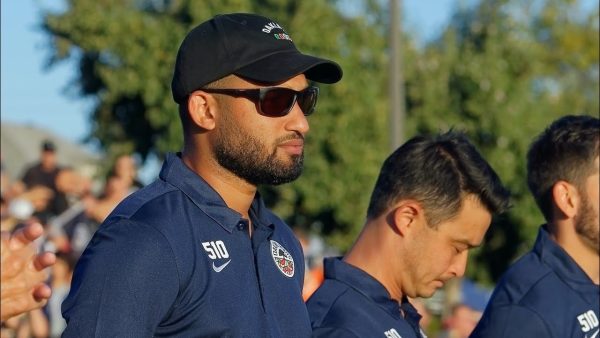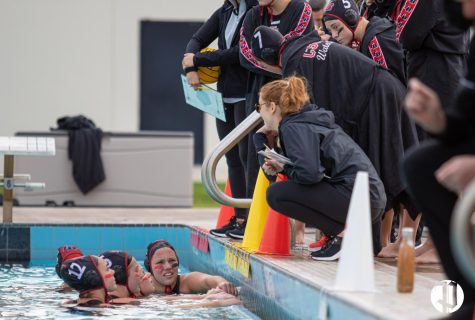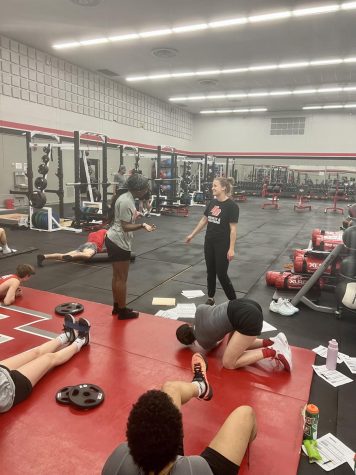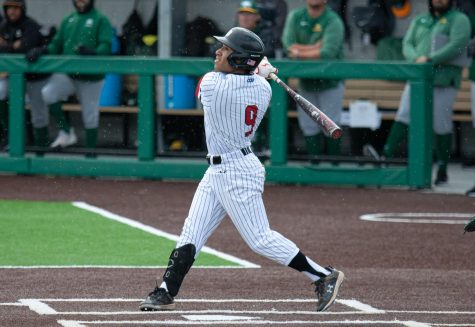Rugby World Cup comes to San Francisco
July 3, 2018
In less than one month, AT&T Park in San Francisco will play host to the 2018 Rugby World Cup Sevens. Previously held in Moscow, Russia, the Rugby World Cup Sevens serves as the pinnacle of achievement for rugby teams around the world.
The World Rugby Organization awarded San Francisco and the United States with the premier rugby championship event in 2015 as this was seen as a warm-up for teams ahead of the 2020 Tokyo Olympic Games. The Bay Area was seen as a perfect host nation because of AT&T Park and Avaya Stadium, which hosted the first Silicon Valley Sevens Tournament in 2017.
Named after the Scottish town where the first rugby sevens championship was played in 1993, the Melrose Cup is awarded to the winners of the tournament. In 2009 the women’s league was incorporated into the championship. Every four years a new host nation is chosen with both the men and women’s team receiving automatic qualification. During the 2016 Olympics in Rio De Janeiro, Brazil, rugby was added along with golf as an official Olympic sport.
Rugby is a new phenomenon in the United States, first gaining traction in 2010. In the Bay Area, there are twenty-one men’s teams and seven women’s teams. To the play the sport, the ball has to be passed backward and not forward, as in football. If the ball is pitched in front, then the referee will call a knock-on. The opposing team can either choose a scrum or a line-out.
According to New Zealand All Black’s team website, “a Scrum is when the forwards on each side bind together and the two groups come together with the front rows interlocking to leave a tunnel between them. The halfback of the non-offending team feeds the ball into the tunnel midway between the front rows.” A lineout, on the other hand, is a “method of putting the ball back into play after it has gone out of bounds. The two sets of forwards line up opposite each other; a player from one side calls a play and throws the ball between the two lines.”
When a team scores, they are awarded five points and a chance to score two more points
with a conversion kick. The kicker though has to kick the ball from where the try was scored, which means if the try was wide then they have to align it just right in order to be successful. In rugby, there are two teams, fifteens and sevens which refers to how many people can be on the field at one time. Sevens is seen as more trying because there is less recovery time in between plays.
Men’s Tournament
In the men’s tournament, the eight-quarter finalists from the Rugby World Sevens 2013 along with the four highest ranked top teams of the HSBC World Rugby Sevens 2016-17 season and the host nation automatically qualified and advanced to the round of 16: South Africa, Fiji, New Zealand, England, Australia, Argentina, Scotland and the United States. Nations that are seeded ninth to twenty-fourth: Kenya, Canada, France, Wales, Samoa, Russia, Japan, Ireland, Chile, Uruguay, Hong Kong, Uganda, Zimbabwe, Jamaica, Papua New Guinea and Tonga have to compete in a knockout qualifier in order to face these teams. The winners from the round of 16 will compete in the quarterfinal round with the winners advancing to the semi-finals, and the losers competing for a chance to place in the tournament.
Nations that advance to the semi-finals will find that they must work as one unit in order to reach the finals. The winners of the last match of the semi-finals will face off for the first and second place while the losers will compete in the Bronze final.
Women’s Tournament
The four semi-finalists of the Moscow Sevens qualified automatically along with the host nation. The first four ranked teams outside of these countries earned their spot with how well they did in the 2016-17 HSBC World Rugby Women’s Series: New Zealand, Australia, Canada, Russia, United States, France, Fiji and England. The rest of the eight teams qualified through regional tournaments: Ireland, Spain, Japan, China, South Africa, Brazil, Papua New Guinea and Mexico. Unlike in the men’s tournament, there is no knockout round. All teams advance to the round of sixteen with the winners moving onto the quarterfinals. The four teams that win in the quarter-finals will advance to the semi-finals with the winners competing for first and second place.
The Rugby World Cup Sevens is shaping up to be one for the books. This is a chance for the United States to show that all the hard work that they put in during the season has paid off and celebrate with their fellow countrymen.




